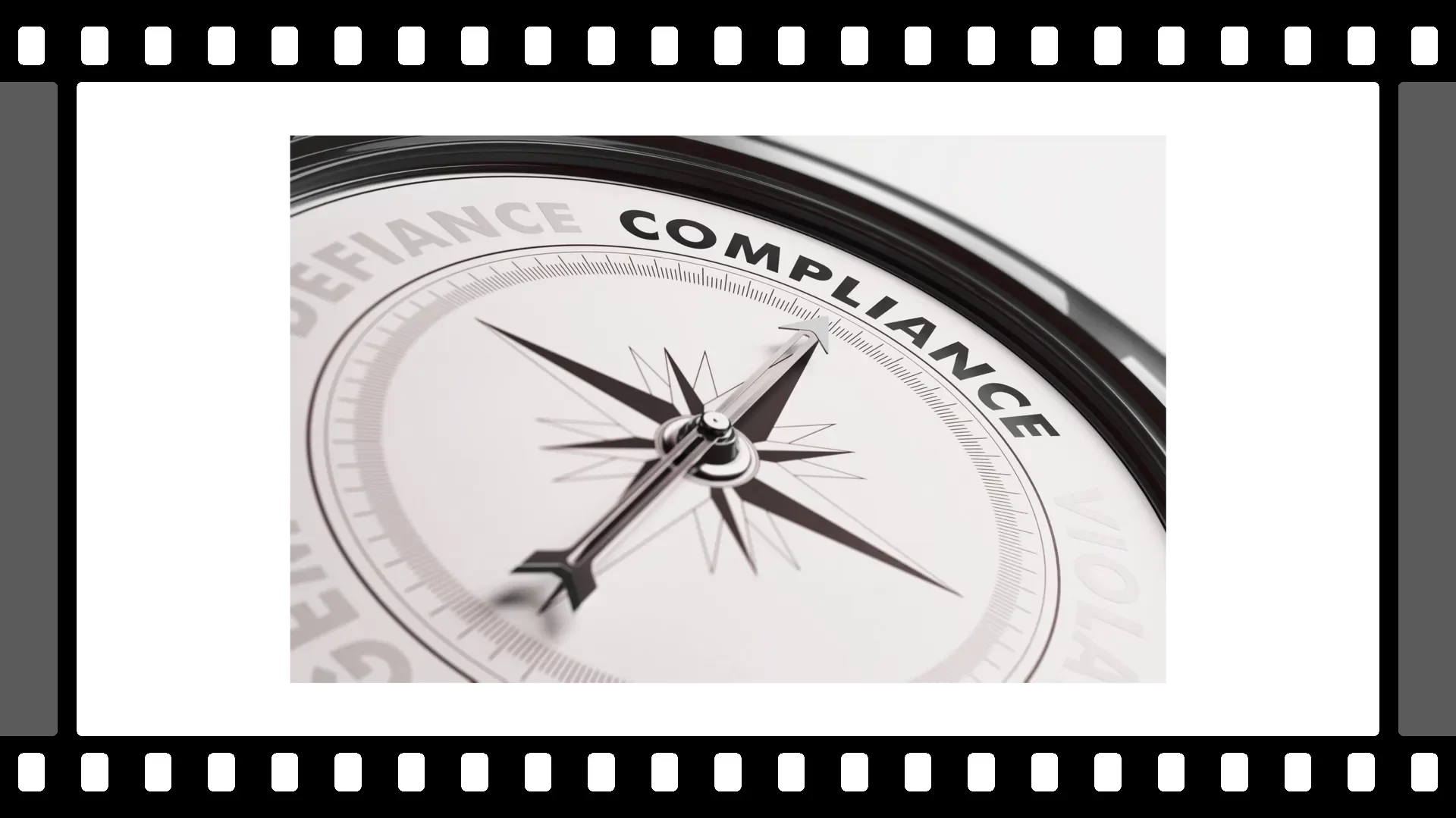Regulatory Bodies
The North American trucking industry is governed by a complex network of regulatory bodies across Canada and the United States. These agencies are responsible for establishing and enforcing rules that ensure safety, environmental responsibility, and operational compliance for carriers, drivers, and fleet operators.
Whether operating domestically or cross-border, understanding the roles and responsibilities of these regulatory authorities is essential for maintaining compliance and avoiding costly violations.

Key Regulatory Agencies in Canada

Transport Canada
Transport Canada is the primary federal agency responsible for developing regulations and policies for transportation. It plays a crucial role in ensuring the safety of trucking industry by enforcing compliance with national safety standards and regulations.

CCMTA
Coordinates the development and implementation of national transportation safety standards.

Provincial Regulatory Bodies
Each province has its own regulatory body that oversees trucking operations within its jurisdiction. These agencies enforce local laws, conduct inspections, and ensure that trucking companies comply with provincial safety standards, contributing to overall road safety.
Key Regulatory Agencies in United States

Federal Motor Carrier Safety Administration (FMCSA)
Enforces safety regulations, Hours of Service, and CSA compliance.

U.S. Department of Transportation (USDOT)
Issues DOT numbers and oversees overall transportation policy.

State Departments of Transportation (DOTs)
Regulate intrastate operations and conduct roadside inspections and enforcement.

Quick Links
Copyright © 2025 Moni Fleet Solutions Inc. – All Rights Reserved. Designed by NetEx Technologies
